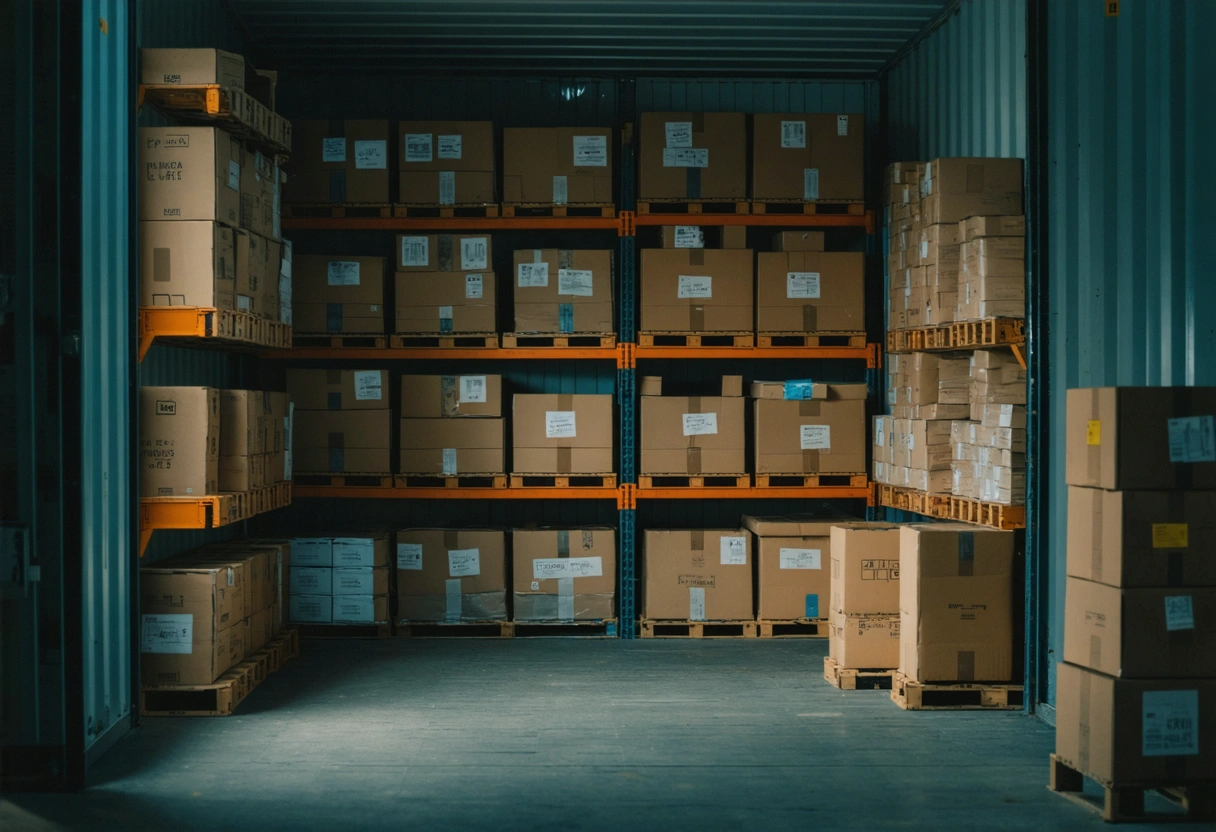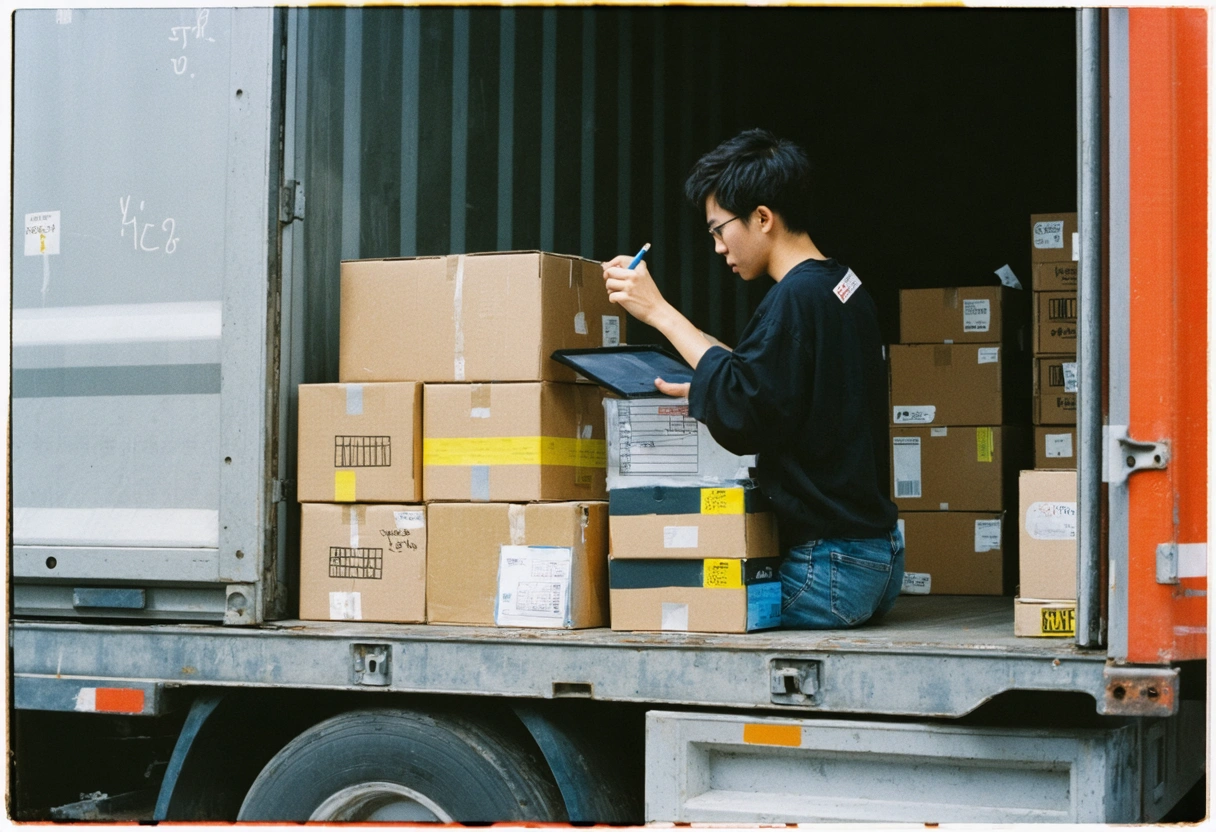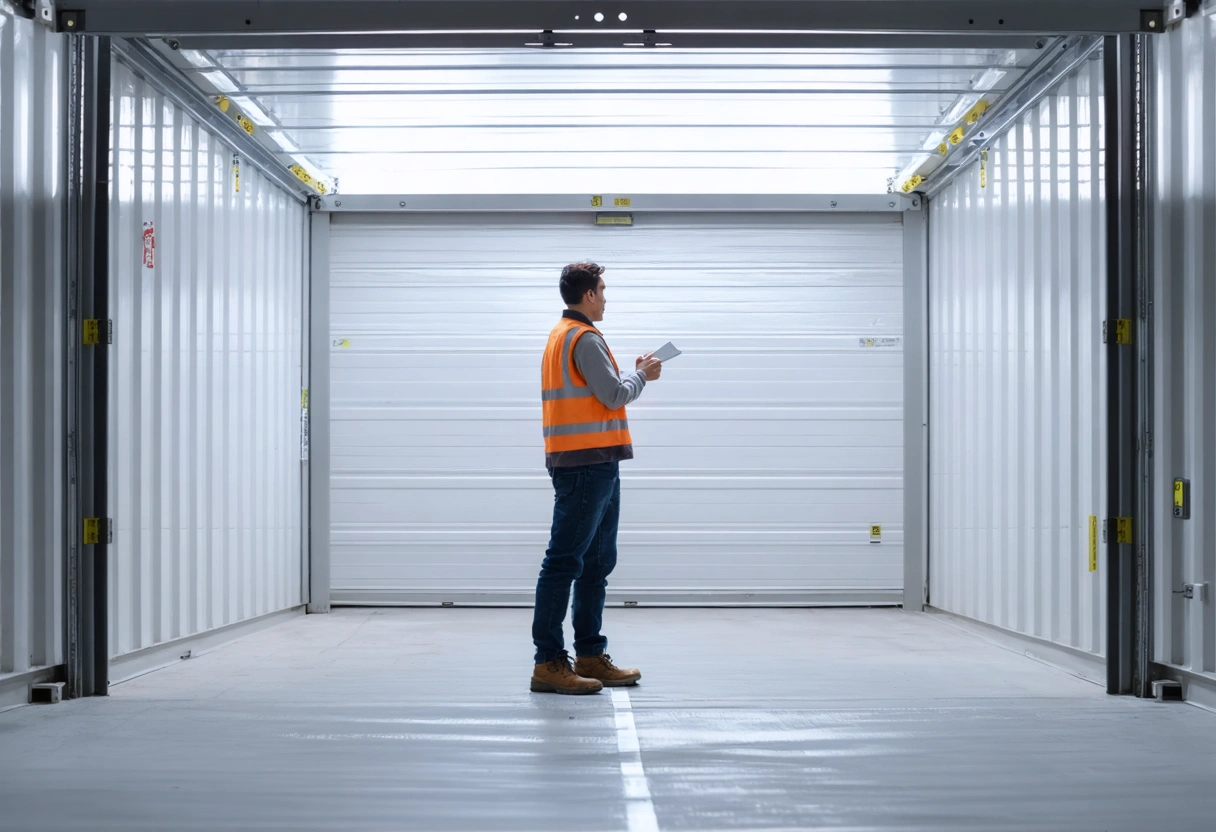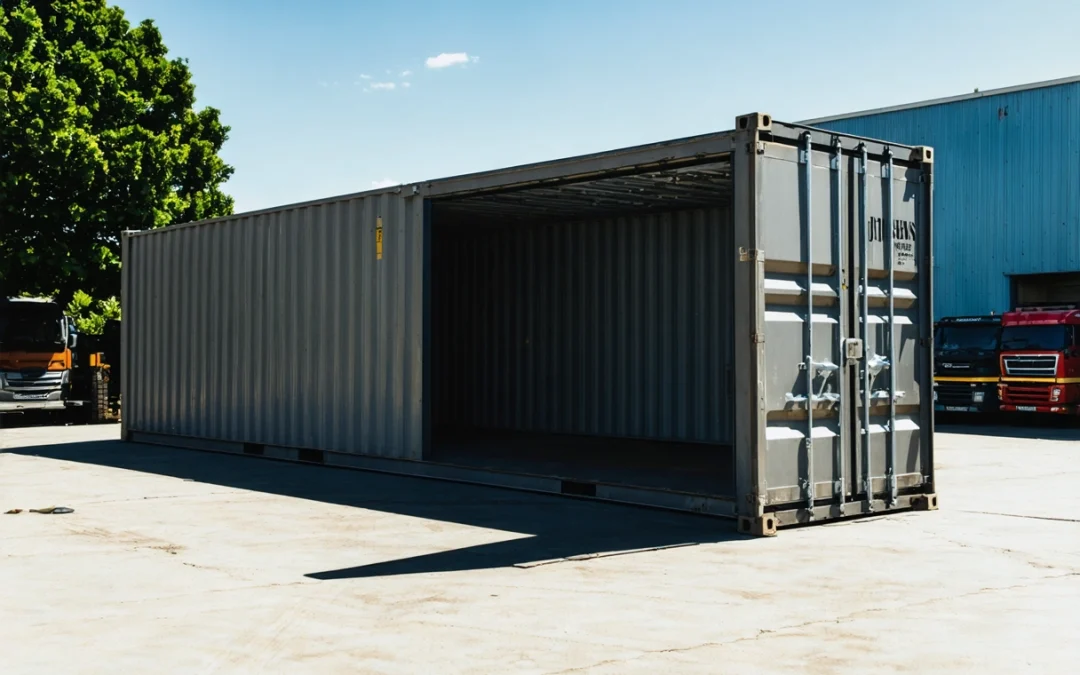Introduction
Renting a storage container can be a game-changer when moving or decluttering your home. However, the process of loading and unloading these containers efficiently can be daunting. This comprehensive guide will walk you through every step needed to master the art of handling your rental storage container. By the end of this article, you’ll be equipped with the knowledge to maximize your space and minimize your stress.
Understanding Your Storage Container
Before diving into the logistics of loading and unloading, it’s crucial to understand the type of storage container you are renting. Containers vary in size, material, and design. Knowing these details can help you plan your packing strategy effectively.
Most rental storage containers are made of steel, which makes them sturdy and weather-resistant. They come in various sizes, typically ranging from 10 to 40 feet. The choice of size will depend on the amount of items you plan to store. A detailed guide on container sizes can help you select the right one for your needs.
Preparing for the Loading Process
Preparation is key to an efficient loading process. Start by gathering all necessary packing materials such as boxes, bubble wrap, packing tape, and markers. It’s also wise to have a dolly or hand truck on hand for heavier items.
Create an inventory list of all the items you plan to store. This list serves as a roadmap during the loading process and helps ensure nothing is left behind. Categorizing items by room or type can further streamline the process. A comprehensive packing checklist can be incredibly beneficial in this stage.
Loading Your Storage Container

Strategize Your Space
Strategic placement of items inside the container can save space and maintain order. Start by placing heavier items on the bottom and towards the back of the container. This not only creates a stable base but also prevents lighter items from being crushed. Utilize vertical space by stacking boxes up to the ceiling, ensuring heavier boxes are at the bottom.
Consider using shelving units to make the most of vertical space. This can also make accessing items easier if you need to retrieve something before unloading the entire container. For more tips, the Family Handyman’s guide on loading strategies is a valuable resource.
Securing Your Belongings
Security is paramount when loading your storage container. Use straps or rope to secure items and prevent movement during transport. Fragile items should be wrapped in bubble wrap or packing paper and placed in secure, labeled boxes. Consider using moving blankets for added protection.
It’s also important to place items you’ll need first at the front of the container. This way, you can access essentials without unloading the entire container. Employing these recommended packing techniques can help keep your items safe and organized.
Efficient Unloading Techniques
Unloading can be as complex as loading if not approached correctly. Start by reviewing your inventory list to plan the order of unloading. It’s advisable to begin with the items at the front of the container that you prioritized during the loading phase.
Carefully remove boxes and items, checking them off your inventory list as you go. This helps ensure that nothing is left behind. Using a dolly or hand truck can expedite the process and reduce the risk of injury. For guidance, the Moving.com guide on unpacking offers practical advice.

Post-Unloading Tips
Once your container is empty, inspect it for any remaining items or debris. It’s a good practice to sweep and clean the container before returning it. This ensures you leave it in good condition for the next user.
Finally, evaluate the condition of your items. Take note of any damages incurred during transport for future reference. This reflection can help improve your strategy for future moves or storage needs.
Takeaways
Loading and unloading a rental storage container efficiently requires careful planning and execution. By understanding your container, preparing adequately, and employing strategic loading and unloading techniques, you can maximize space and protect your belongings. Whether you’re moving across the country or simply decluttering, these guidelines will help you handle your storage container with confidence.
Remember, the key to a successful move is organization and preparation. Utilize the resources and strategies outlined in this guide, and you’ll find the process far more manageable. For further reading on storage solutions and moving tips, consult reputable resources and guides to enhance your knowledge and skills.
Additional Tips for Maximizing Storage Efficiency
Beyond the fundamental steps of loading and unloading your rental storage container, there are additional strategies you can employ to further enhance efficiency. Implementing these methods can save you time and effort, while also ensuring your belongings remain in optimal condition throughout the storage period.
Labeling and Documentation

Proper labeling is crucial when it comes to efficient storage. Clearly label each box with its contents and the room it belongs to. This not only helps during the unloading process but also makes it easier to locate specific items if needed during the storage period. For a more detailed approach, consider creating a color-coding system using different colored markers or labels for each room. This visual cue can simplify the process and reduce confusion.
In addition to labeling, maintaining thorough documentation is beneficial. Keep a digital or physical record of your inventory list, noting the condition of items and any relevant details. This documentation can be invaluable for insurance purposes or in the event of any disputes with the storage company. For more insights on effective labeling and documentation, refer to this Good Housekeeping guide on organizing.
Optimizing Climate Control
One often overlooked aspect of storage is climate control. Depending on the items you’re storing, temperature and humidity levels can have a significant impact on their condition. Electronics, wooden furniture, and delicate fabrics may require climate-controlled storage to prevent damage from moisture and extreme temperatures.
If your rental storage container does not include climate control, consider using desiccant packs or moisture absorbers to manage humidity levels. Additionally, placing a thermometer and hygrometer inside the container can help you monitor conditions and make adjustments as necessary. For more information on the importance of climate-controlled storage, explore this informative article on climate control.
Safety Measures When Handling Storage Containers
Safety should always be a top priority when dealing with heavy and bulky storage containers. Following proper safety protocols can prevent accidents and injuries, ensuring a smooth process for everyone involved.
Proper Lifting Techniques
When lifting heavy items, it’s essential to use proper techniques to avoid strain or injury. Always bend at the knees, not the waist, and keep the load close to your body. If an item is too heavy or awkward to lift alone, ask for assistance or use a dolly to transport it.

Wearing appropriate footwear with non-slip soles can also reduce the risk of accidents. Gloves may provide better grip and protection for your hands when handling rough or sharp-edged items. For comprehensive advice on lifting safety, consider reading this National Safety Council article on ergonomics.
Container Placement and Accessibility
The placement of your storage container plays a crucial role in both convenience and safety. Ensure the container is positioned on a level surface to prevent shifting or instability. If possible, place it in a location that offers easy access and enough space to open the doors fully. This minimizes the risk of accidents and makes loading and unloading more efficient.
Additionally, consider the accessibility of items within the container. Frequently needed items should be stored near the front, while less essential items can be placed toward the back. This strategic placement reduces the need for unnecessary lifting and movement, enhancing safety and efficiency.
Long-Term Storage Considerations
For those planning to store items for an extended period, additional considerations may come into play. Long-term storage requires extra attention to detail to ensure belongings remain in excellent condition over time.
Pest Prevention
Pests can pose a significant threat to stored items, especially over long periods. To prevent infestations, avoid storing food or perishable goods in your container. Seal any potential entry points and consider using pest control products like traps or repellents.

Regularly inspect your container for signs of pests and address any issues immediately. For more comprehensive pest prevention tips, the National Pest Management Association provides valuable guidance.
Regular Inspections and Maintenance
Even when items are stored safely, regular inspections are crucial to catch any potential issues early. Check for signs of moisture, mold, or damage within the container. Address any problems promptly to prevent further deterioration.
Maintaining the container itself is equally important. Ensure the doors open and close smoothly, and that the seals are intact to protect against weather elements. A well-maintained container not only preserves your belongings but also extends the life of the container itself.
Takeaways
Managing a rental storage container efficiently requires a combination of strategic planning, organization, and safety awareness. By understanding the specifics of your container and implementing the techniques discussed, you can achieve a seamless loading and unloading process. Whether you’re moving, decluttering, or simply need extra space, these tips will empower you to handle your storage needs with confidence.
Remember, the key to success lies in preparation and ongoing vigilance. Keep learning and adapting your strategies to meet your unique storage requirements. For further guidance and support, explore available resources and consult with professionals in the field. With the right approach, your storage experience can be both efficient and stress-free.
Final Thoughts on Storage Efficiency
Efficiently loading and unloading your rental storage container can transform your moving experience from a stressful task into a manageable project. By following the strategies outlined in this guide, you’ll not only protect your belongings but also save time and effort. Remember that the combination of proper planning, safety precautions, and ongoing maintenance is crucial to success. As you embark on your next storage endeavor, let these insights guide you to a streamlined and successful outcome.
Need help with Step-by-Step Guide to Efficiently Load and Unload Your Rental Storage Container?


